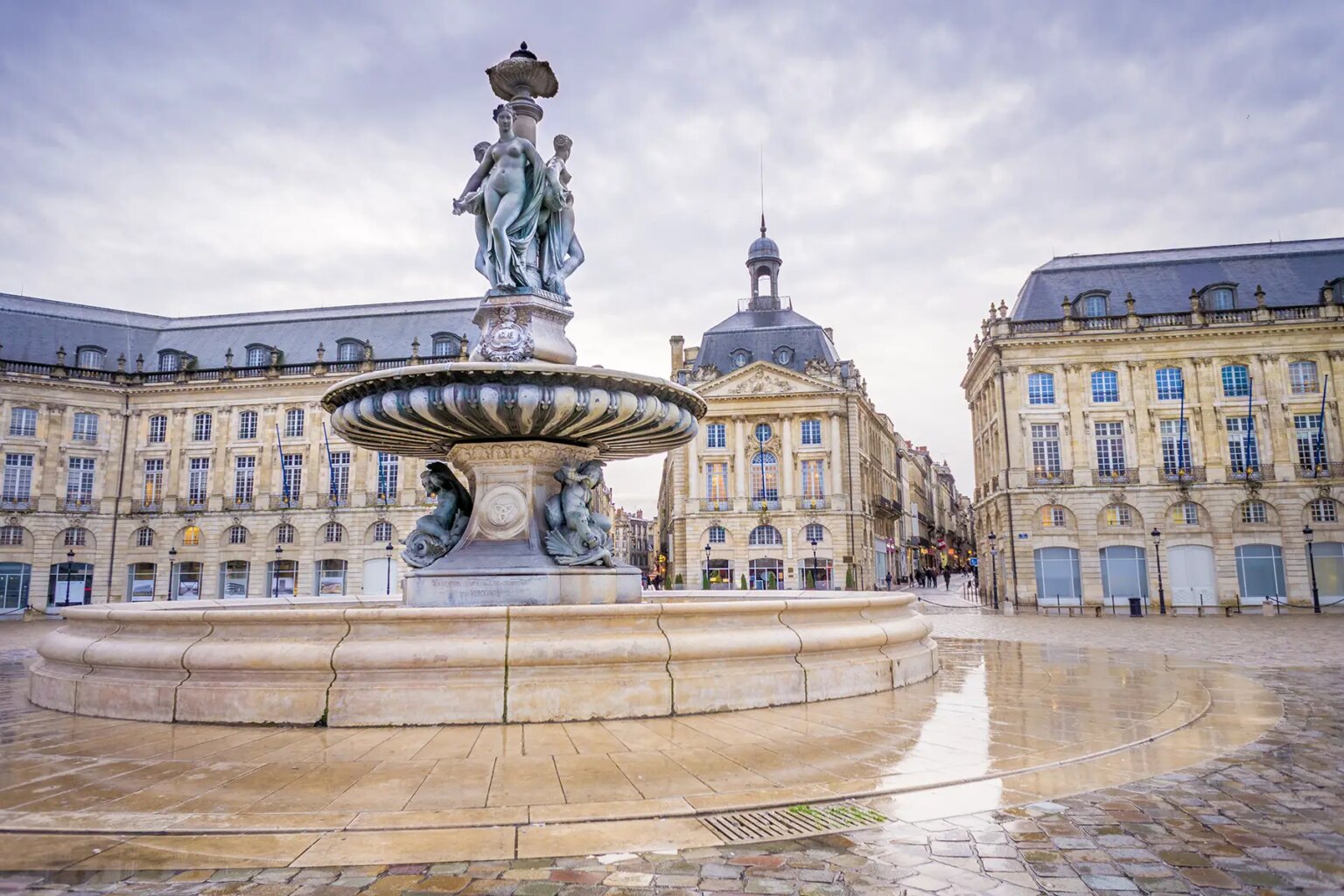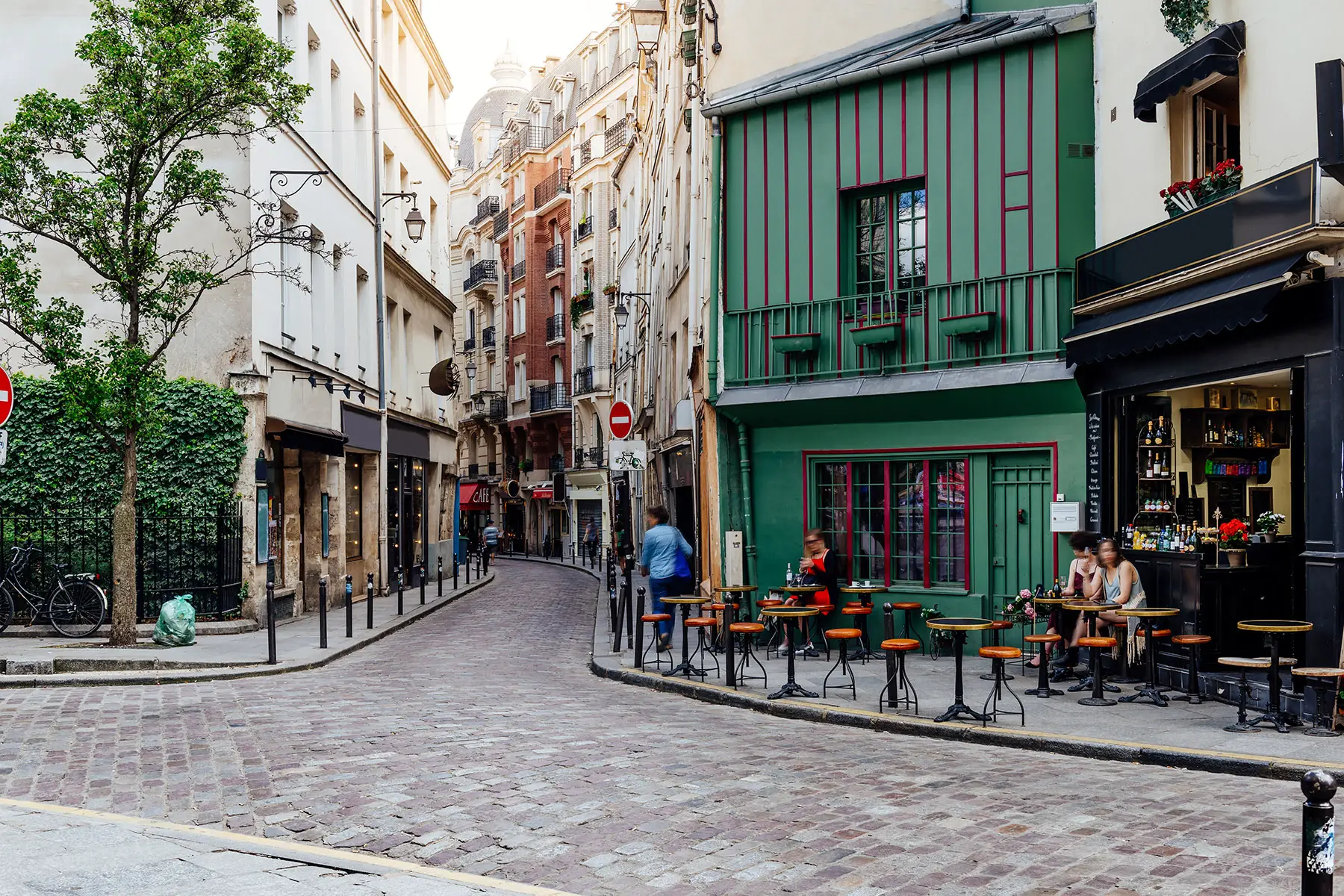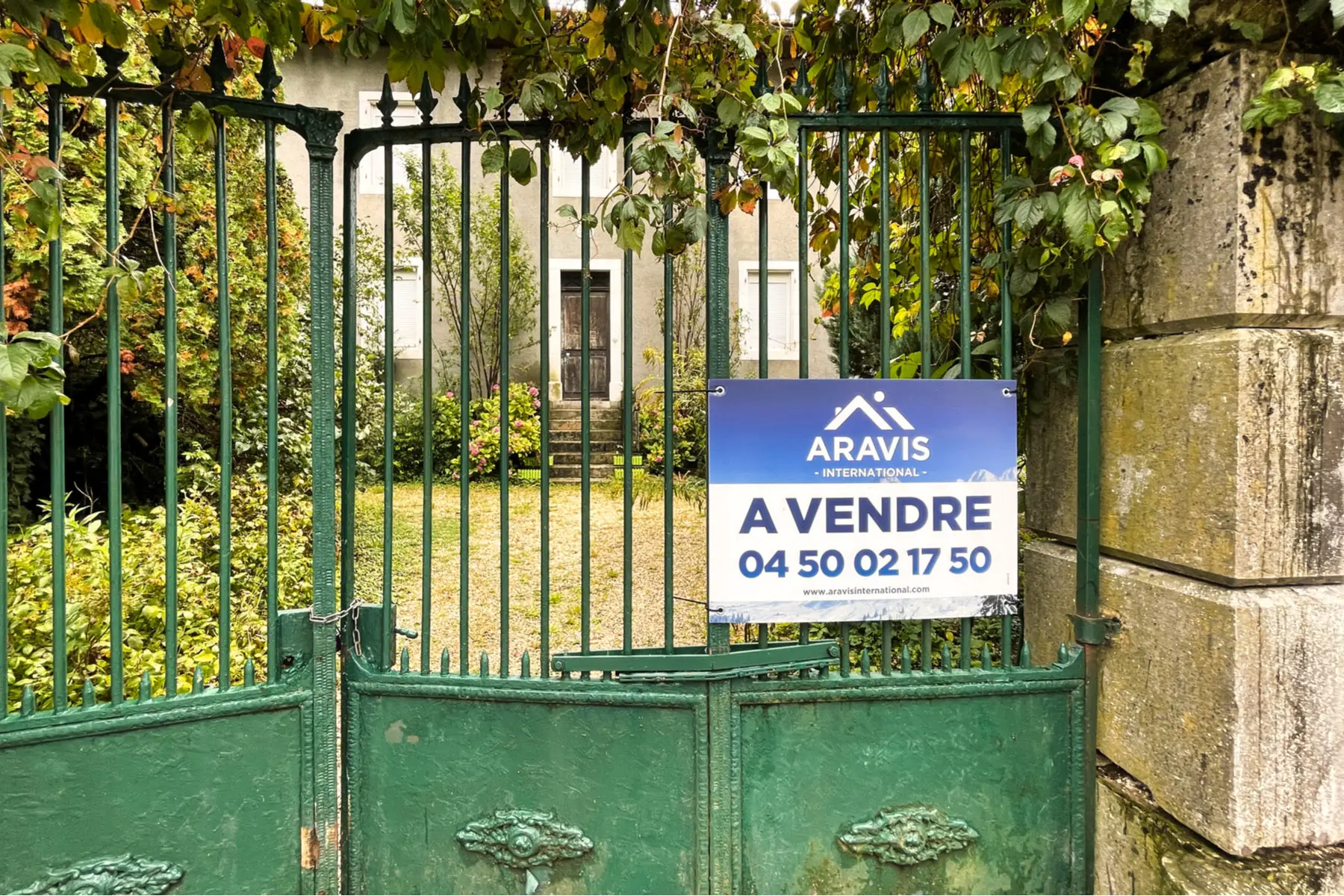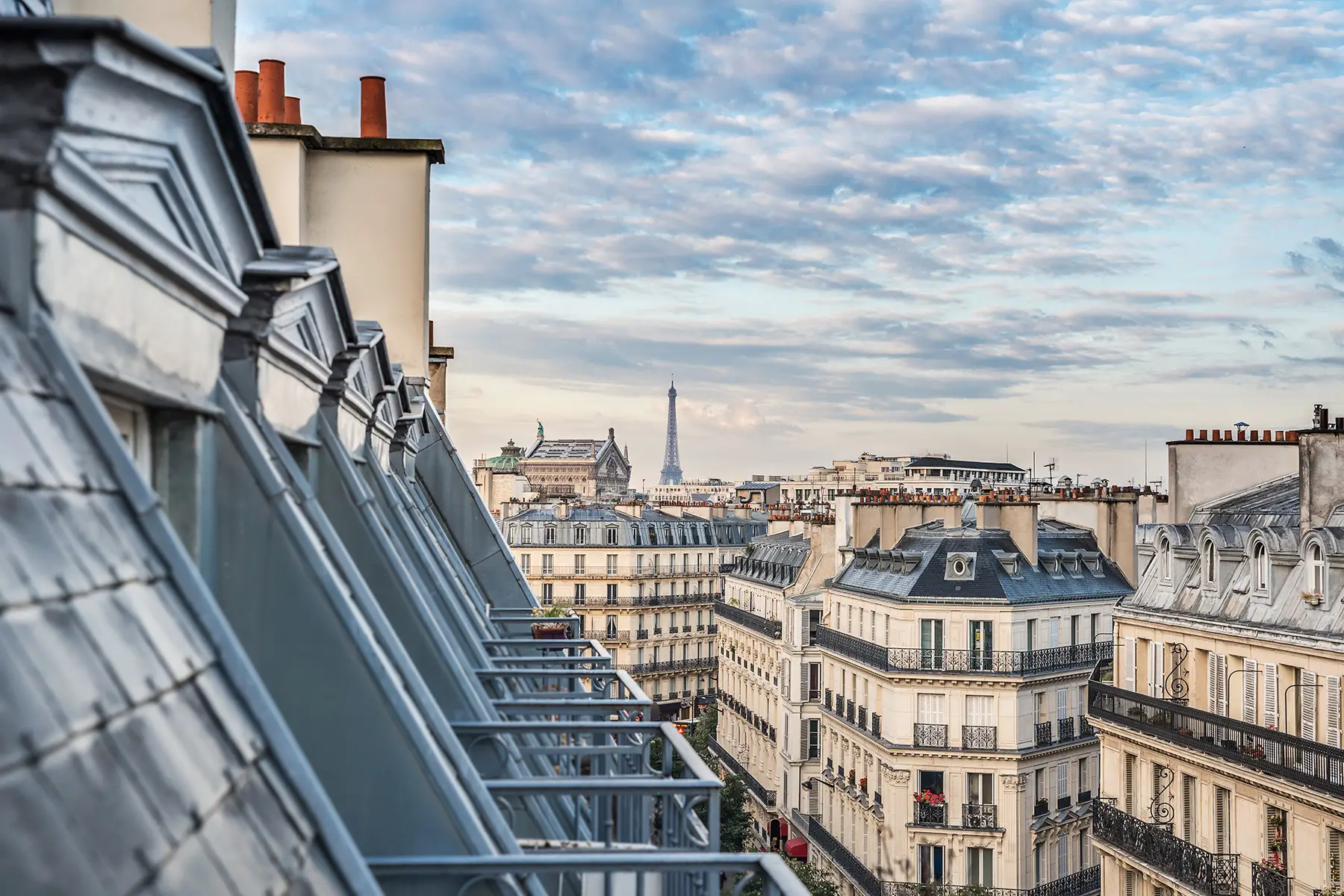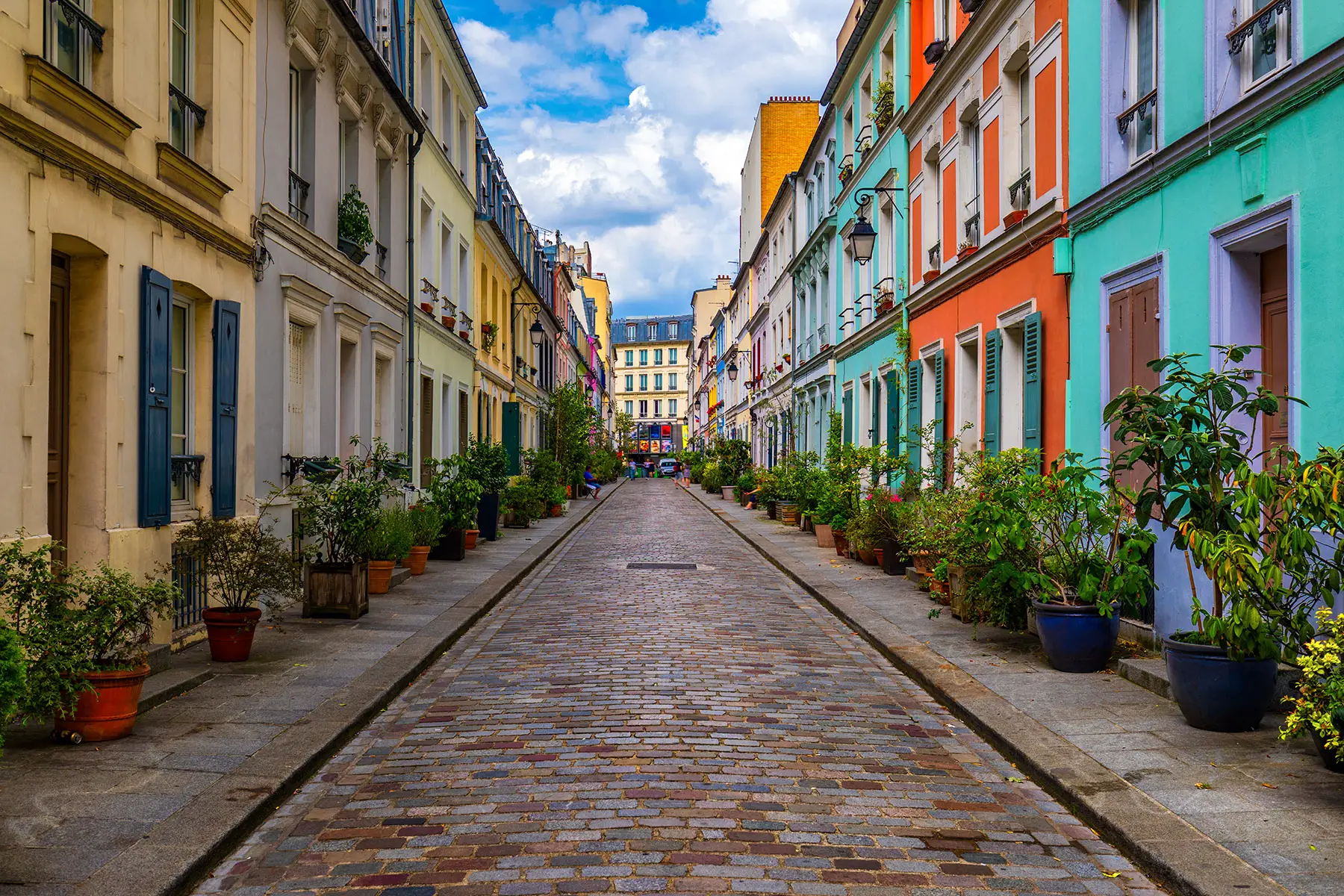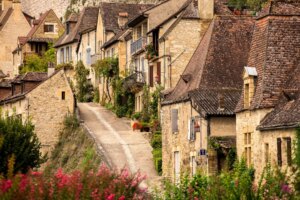Expats moving to Bordeaux may not know much about it beyond its world-class wines. However, this ancient city in the southwest of France has plenty to offer, from UNESCO-listed architecture and unique homes to expansive natural spaces and a rich history.
To help you learn more about Bordeaux and familiarize yourself with its different neighborhoods, this article covers the following:
Spotahome
Looking for somewhere to rent in France? Spotahome takes the hassle out of househunting by doing the hard work for you. Their online platform lets you find, view, and book rental properties all from the comfort of your own home. Take the stress out of househunting in France with Spotahome.
An overview of Bordeaux
Mention Bordeaux and the first thing that springs to mind is likely the fine, heady red wines that it is famous for producing. After all, the region is home to nearly 6,000 wineries, 65 distinct appellations, and around 272,000 acres of vineyards.
But while these delicious wines are certainly a draw, Bordeaux boasts numerous other attractions that make it a top choice for those looking to move to France.
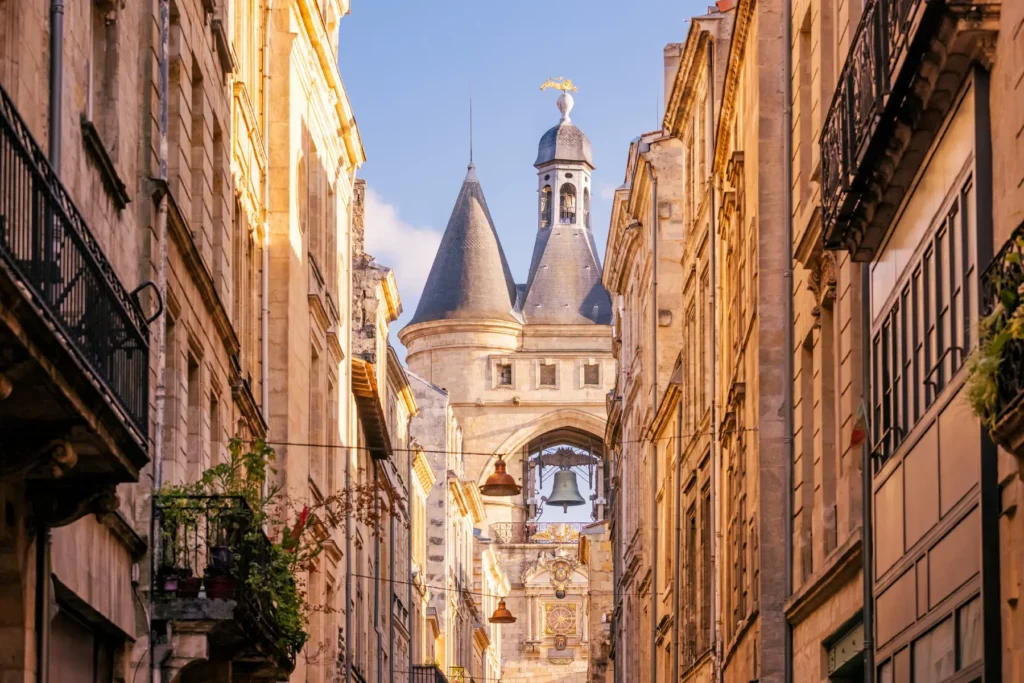
Aside from visiting prestigious wine regions such as Médoc and Saint-Émilion, there is plenty of culture, nature, and history to explore in the city and surrounding areas. In fact, the city itself is a UNESCO world heritage site that includes the port quays, the Place de la Bourse, the Saint-André Cathedral and Saint-Michel Basilica, the 18th century Neoclassical Grand Theater, and the Palais Rohan city hall.
Residents and visitors can also discover Bordeaux’s most famous produce at the spectacular Cité du Vin wine museum and its history at the Musée Mer Marine. Art aficionados will also want to see the CAPC Museum of Modern Art and the Musée des Beaux-Arts.
What is the history of Bordeaux?
Early history
Located on the banks of the Garonne River, in the Gironde department of France’s southwest, Bordeaux has dry soils – particularly in the district of Médoc – which makes it ideal for producing wine.
This attracted settlement as early as the Bronze Age. However, Bordeaux’s close proximity to Spain and Britain is what made it an important port city under the Romans.
After the fall of the Roman Empire, the region experienced some political instability. However, things stabilized under the rule of the Dukes of Aquitaine, who established their hold on Bordeaux in the 10th century.
As a result of their reign, Bordeaux became an English city when the daughter of the house, Eleanor of Aquitaine, married England’s Henry II. Under English rule, it experienced great freedoms, including mayoral elections and expansive trade with England. However, Bordeaux was returned to France after the Battle of Castillon in 1453.
Colonialism and the Napoleonic Wars
In the 17th century, Bordeaux began to benefit from the French colonial expansion which opened up trade routes across the Atlantic and to Africa. Notably, it held a key position in the triangular trade that shipped slaves, sugar, coffee, and wines between the West Indies and Africa.
The establishment of the First French Empire, under Napoleon’s rule, saw the city expand and thrive to become one of the wealthiest commercial centers in France. However, it suffered badly following his defeat and the end of the Napoleonic Wars in the early 19th century.
It wasn’t until the late 19th and early 20th centuries that trade began to flourish once again in the region with major exports including wine, tobacco, and grains. Bordeaux also became the home of the French government when both WWI and WWII began. The Germans occupied Bordeaux for much of WWII until they were defeated in 1944.
Modern-day Bordeaux
In more recent years, Bordeaux has benefited from a mass regeneration project that was launched by the elected Mayor of Bordeaux, Alain Juppé, in 1996.
The project aimed to clean up and modernize the city, in particular the docks, to give it a more natural feel and improve the lives of residents, as well as attract newcomers to the city. It saw the introduction of a new tramway, new parks and green space, and pedestrianized areas, as well as renovations to buildings.

As a result of these developments, you will now find swarms of locals and tourists enjoying the many bars, restaurants, and markets along the quays in the summertime. The docks of Bordeaux are also a beautiful place for strolling, cycling, and rollerblading.
Living in Bordeaux
As France’s sixth-largest city, Bordeaux is now a thriving metropolis with a diverse population and strong economy.
Although wine – along with agriculture and food – is still one of its primary economic sectors, the city has plenty of other important economic industries. In fact, major contributors include aeronautics – including space and defense – forestry, health, sustainable construction, and information technology.
Bordeaux residents generally enjoy a high quality of life, with an excellent level of healthcare, an attractive climate, and low levels of pollution. However, this is tempered by moderate rankings for purchasing power, safety, and cost of living.
That said, although Bordeaux is a reasonably expensive city, it is still cheaper than Paris which has higher consumer prices, rents, and groceries. It also offers a far higher quality of life than the capital. Moreover, it offers easy commuting with a solid public transport network.
How to find housing in Bordeaux
Generally, expats might find it easier to use an agence immobilier (real estate agency) to find a home in Bordeaux. This is because a realtor will have a good feel for the city and its property market and can help direct your search and assist with negotiations and paperwork.
You will find offices for agence immobilier around Bordeaux. Many of these will have property listings in their windows and you can go inside to enquire.
However, most people begin their property search online as they can get a good idea of what types of properties are available and how much they cost.
Some of the more popular property websites in Bordeaux include:
- Blueground: for renting designer, furnished apartments
- HousingAnywhere: for apartments, studios, and shared accommodation
- Spotahome: good for short-term lets and flatshares
Typical accommodation
There are numerous types of housing available throughout Bordeaux which means that you shouldn’t have a problem finding accommodation that suits your needs.
In general, apartments and lofts make up almost half (49%) of Bordeaux’s properties, while houses and villas make up the remaining 51%.

You will find many historic stone buildings in the Renaissance or Art Deco styles within Bordeaux’s inner city, especially around Centerville. Notably, while some of these are still standalone townhouses, many of them are now smaller apartments that retain elements of their original architecture.
Of course, there are also plenty of modern apartments all over Bordeaux, especially in up-and-coming neighborhoods like Saint-Jean. These are often condominium-style complexes with onsite amenities like gyms, parking, and pools.
Further outside the city center, Bordeaux’s suburbs offer much bigger homes as there is simply more space. For example, it is possible to find classic French farmhouses or luxury villas and mansions, all with large open spaces and facilities such as private gardens and pools.
Another housing option that is unique to Bordeaux is the échoppe. These are modest, single-floor houses made of limestone that have a unique architecture, history, and heritage status.
Originally built in the late 19th and early 20th century for the city’s working class, these humble homes, which were once thought of as ‘shabby’, have become very popular and are now highly sought after.
Renting property
Although the rental market in Bordeaux can be competitive, this can be a good option for expats who are not looking to buy property in France. It can also give them more flexibility when it comes to deciding on which neighborhood they want to settle in long term.
Rentals tend to be more popular in inner-city neighborhoods and around Bordeaux’s universities as this is where most of the city’s young professionals and students live.
Similar to most cities, rentals in Bordeaux tend to be more expensive in the heart of the city and cheaper in gentrifying neighborhoods or certain suburbs. For example, you might pay around €750 per month for a one-bedroom apartment in the city center or just €572 per month further out.
Buying property
Bordeaux’s property market is hot and many expats are choosing to buy homes in the region. In fact, it is the fifth most expensive city in France for property, behind Paris, Antibes, Annecy, and Lyon. That said, prices are dropping so there may be some good opportunities.

The average price of an apartment in Bordeaux is €6,270 per square meter while a house costs €5,881. Similar to rent, the purchase price of properties tends to be more expensive in Bordeaux’s city center than in its suburbs. For instance, the average price for an apartment in the center is €5,105 per square meter and €4,075 per square meter in the suburbs.
The best neighborhoods in Bordeaux
Caudérans
Situated east of Bordeaux’s Centreville and the Garonne River, Caudérans is a leafy residential district that is a great choice for expat families.
The neighborhood is quiet and welcoming and offers a good range of accommodation options, as well as a wealth of useful amenities.
The sprawling 19th-century Parc Bordelais, which features a lake, farm animals, and play areas, is particularly popular among families with children.
There are also several sports stadiums such as Stade Bordelais, as well as a golf course, the imposing Saint-Amand Church, and the La Pergola Theater.
There are also numerous cafés, restaurants, bars, and shops, including supermarkets such as Carrefour and Lidl. This all makes Caudérans a convenient, easy place to live.
The architecture and buildings in the area are a legacy of the aristocrats and wealthy inhabitants that called it home in centuries past. As such, residents can find great accommodation options, including Bordeaux’s unique échoppe homes and elegant, spacious apartments.
Centerville
Sprawling east from the banks of the Garonne River, Centerville is Bordeaux’s historic heart and the quintessentially French part of town. As such, it features a plethora of cultural attractions and stunning architecture, along with old homes, cobblestone streets, and buildings from the 18th and 19th centuries.
Technically, several sub-districts make up this part of town including Saint-Michel, Grands Hommes, Saint-Pierre, Pey Berland, and Quinconces. However, all of them offer history at every step, along with plenty of modern-day amenities.
The historic center is also home to Rue Sainte Catherine, the longest pedestrian shopping street in Europe, as well as urban parks, and plenty of boutiques, restaurants, and cafés.

The very center of the neighborhood is largely pedestrian, making it immensely walkable. However, there are good tram and bus networks outside the center that make it easy to get around the city. There are also plenty of hotels, gyms, and supermarkets.
Those with an interest in culture will discover numerous attractions to keep them entertained. For instance, they can watch the Bordeaux National Opera perform at the Grand-Théâtre. They can also visit the Place de la Bourse, the imposing Saint André Cathedral, and the Musée d’Aquitaine.
As you might expect, Centreville does get busy. This is especially true during peak tourist season in summer when visitors flock there to immerse themselves in the city’s heritage. However, the area is ideal for young professionals or students who want to be in the thick of things and don’t mind smaller living spaces.
Cestas
Situated southwest of Bordeaux’s center and bordering Pessac, Cestas is another popular suburb with a rich Roman history. It consists of several sub-districts, including Cestas-bourg, Gazinet, Jauge, Pierroton, and Toctoucau.
This largely green, quiet suburb is full of lakes, natural springs, and hectares of pine forests. Cestas is also home to the Bourde River wildlife zone which includes three large parks, numerous walking trails, and 25 kilometers of cycling tracks. Naturally, this makes it a popular choice to live among those who appreciate the great outdoors.
The A64 highway divides Cestas into two but offers great connectivity to Bordeaux in the north and Arcachon and Spain in the south. The suburb also has a well-connected public transport network which includes buses, trams, and trains that allow you to travel to the center of Bordeaux within 15 minutes.
As a fully functioning town of its own, Cestas has all the facilities that residents could ever need, including sports facilities, supermarkets, shops, restaurants, and more. It also offers a broader range of housing than inner-city Bordeaux at a more affordable rate. For example, it is possible to find small apartments that are suitable for students as well as large villas and farmhouses that cater to families.
Chartrons
Located just north of Centreville, Chartrons is a large, riverfront district that takes its name from the Charterhouse Abbey that used to stand there. The area was once full of warehouses used by the region’s wine merchants, which gives it a truly unique atmosphere.
The upscale Rue Notre Dame crosses Chartrons, bringing a great selection of restaurants, intriguing antique shops, and chic boutiques to the neighborhood. Wine enthusiasts may also want to look out for the wine and trade museum on Rue Borie.

Despite its inner-city location, there is something of a village feel about Chartrons. This is perhaps partly due to its popular Sunday market that takes place on Quai des Chartrons every week. It may also be down to the plethora of local shops and the maze of narrow streets in the neighborhood.
Chartrons has a mix of charming historic apartments in old-world stone buildings and newer, renovated lofts and duplexes. Whichever you choose, though, you will enjoy a quiet, relaxing living environment, public gardens, and all the amenities you need.
Moreover, you can easily walk around the neighborhood and use trams or buses to travel further afield.
Pessac
Located southwest of Bordeaux’s center, Pessac is a popular suburb that offers something for everyone.
The east of the neighborhood features plenty of urban cosmopolitanism in the form of bars, restaurants, shops, and grocery stores. There are also several hospitals, including the Hôpital Haut-Lévêque Magellan, numerous schools, and a campus for the Université de Bordeaux.
The west of Pessac, meanwhile, consists largely of sprawling green spaces and leisure facilities. These include the Bordeaux-Pessac Zoo and the Golf Bluegreen Pessac golf course.
There are several nature reserves too, including the Cap de Bos, the Bois de Sources de Peugue, and the Fôret du Bourgailh, which are connected to a great network of cycling trails.
Notably, some of Bordeaux’s most famous city wineries are also located in Pessac, including Château Pape Clément and Château Haut-Brion.
Best of all, Pessac features a lot of connectivity. For instance, residents can travel by train to Gare de Bordeaux Saint-Jean train station in less than five minutes and then connect to the city center by tram and bus. Pessac is also a short drive to Bordeaux Airport and is well-connected to the A64 highway.
Because Pessac has more space than some areas of Bordeaux, including the inner city, houses tend to be larger. There are also many villas and mansions, which usually come with extra facilities such as private gardens and pools.
Although it is more of an attraction now, the Cité Frugès housing project is also based in Pessac. The experimental settlement of 51 workers’ houses was created by architects Le Corbusier and Pierre Jeanneret who wanted to link art and social progress. Today, the properties are highly desirable in the real estate market and even carry UNESCO World Heritage status.
Saint-Genès
Just southwest of the Bordeaux Centreville, Saint-Genès is a bourgeois inner-city enclave that has plenty of charm. The tranquil district captivates with its incredible, diverse architecture that includes examples of the French and Italian Renaissance styles, as well as the Art Deco movement.
The main points of interest in Saint-Genès include La Maison Saint Louis Beaulieu, a 19th-century former Carmelite convent that is now a hotel and event venue, and the medieval Saint-Nicolas chapel. For more modern-day needs, Rue de Pessac has several stores, cafés, and restaurants.

Saint-Genès is particularly suitable for families as there are several reputable schools in the area. The green open space of the Jardin des Dâmes de la Foi is also appealing to those with children and dogs.
Moreover, tramlines offer great connectivity to the city center in just minutes. Notably, while Saint-Genès is a largely residential district, there are several businesses, shops, and other facilities on offer too.
There are several types of housing in the area, including apartments in grand Art Deco mansions on Rue Duluc as well as townhouses and larger homes. Therefore, expats shouldn’t have a problem finding accommodation to suit their needs.
Neighborhoods to avoid in Bordeaux
Bordeaux is generally a safe place to live. To give it context, it scores 49.01 on the Numbeo Crime Index, compared to Paris which scores 57.76.
However, as with any major city, crime does occur and it is important to be aware of this while walking around. It is also wise to bear in mind that while it is usually safe to walk around during the daytime, things can deteriorate at night due to the use of drugs and alcohol.
Certain parts of the city are also seeing an increase in crimes such as muggings and robberies, assault, and drug-fuelled violence. This is particularly true in major tourist centers, such as the old town, where pickpocketing is more of a problem.
In terms of neighborhoods to avoid, it might be wise to stay away from the following areas, especially at night:
- Bastide (around Pont Chaban Delmas)
- Belcier (around Gare Saint-Jean)
- Boulevard Jean-Jacques-Bosc
- Chantecrit/Grand Parc
- Les Aubiers
- Place des Capucins (especially at night)
- Saint Seurin
Tips for choosing a neighborhood
Trying to decide where to live in a city like Bordeaux can be a challenge, especially when there are so many neighborhoods to choose from.
However, when looking around, it is important to consider your needs and lifestyle. For instance, you might want to think about the following questions while searching for your new home in Bordeaux:
- Would you like to rent or buy a property?
- What is your budget for accommodation?
- Do you want to live in an apartment in the heart of Bordeaux, or would you prefer a big villa in the suburbs?
- How much space do you need? Is a studio flat appropriate, or do you need a family home with several bedrooms and an outdoor area?
- Are you planning to walk everywhere and use public transport to get around Bordeaux, or would you prefer to drive everywhere? If so, will you need a property with parking?
- Do you have children? If so, will you need to be near a good international school and family-friendly amenities such as playgrounds and sports facilities?
How to research the different areas
Whatever you are looking for, it is advisable to carefully research each neighborhood before making a decision. This could involve:
- Researching particular areas and suburbs of Bordeaux online
- Joining social media forums and speaking to expats who already live in the area
- Looking at property websites to get an idea of the standard of accommodation and property/rental costs in the neighborhood
- Visiting Bordeaux to check out the different areas in person
It may also help to make a list of the positive and negative aspects of each location you are considering to help you decide which best fits your needs and circumstances.
You might also want to speak to a realtor, friend, or acquaintance who knows Bordeaux to get a local perspective on the city and the housing market.
Useful resources
- DoorFeed – provides information about the sales and rental markets in Bordeaux
- Explore France – outlines what to do and see in Bordeaux including upcoming events
- Roads & Kingdoms – an article about 20 things to know before you go to Bordeaux
